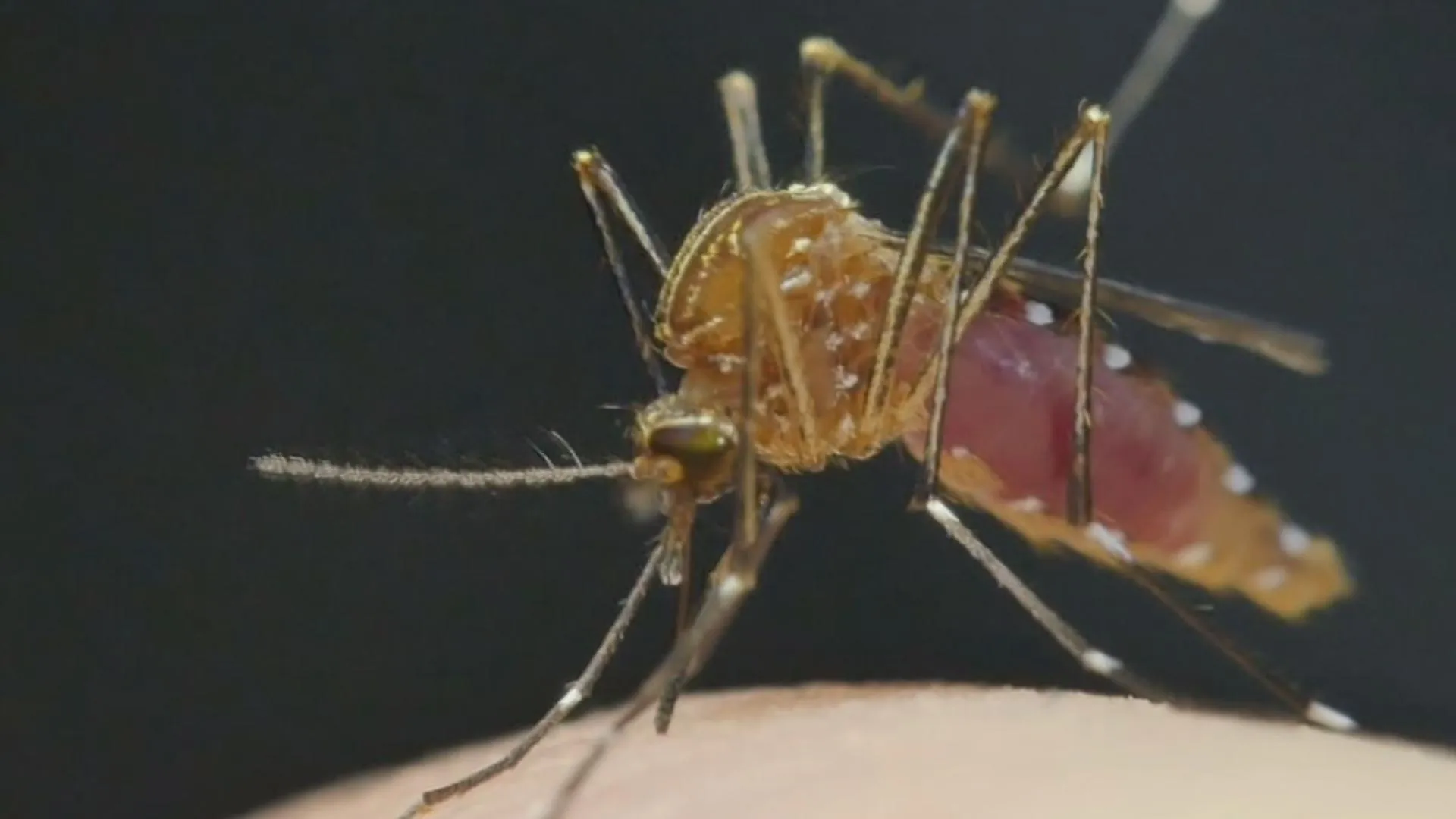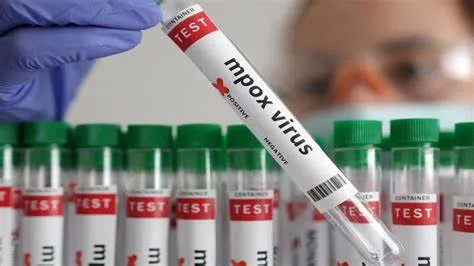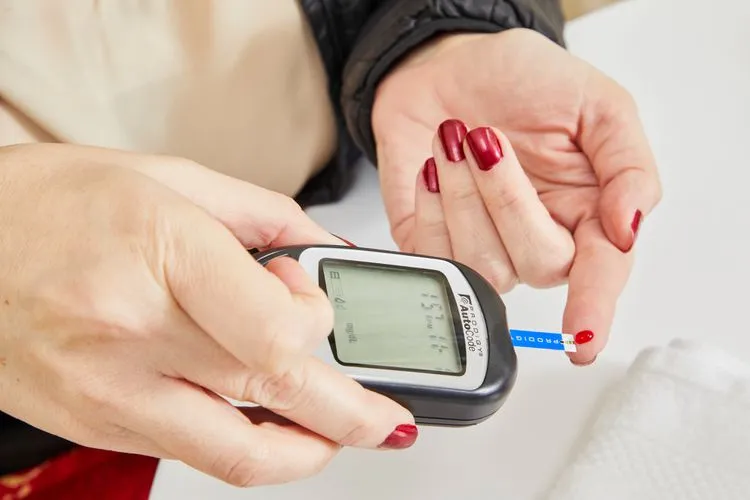Students who participated in universal school-based depression screening were twice as likely to begin treatment compared to their peers who did not receive this screening, according to a new study by Penn State College of Medicine researchers.
The researchers published their findings in JAMA Network Open. Dr Deepa Sekhar, associate professor of paediatrics, who served as principal investigator, said the study provides important insights on how to tackle depression in youth. The next step will be to look for ways to break down barriers so that school districts interested in implementing depression screening can effectively do so.
“Our study is publishing at a time when more adolescents are reporting symptoms of depression,” said Sekhar, a paediatrician at Penn State Health Children’s Hospital and executive director of Penn State PRO Wellness.
Sekhar said, “From 2008 to 2018, the numbers increased by over 70% from 8.3 per cent to 14.4 per cent. During the pandemic, concerns about increasing student depression have been widespread. Suicides, which are often associated with mental health conditions, are now the second-leading cause of adolescent death.”
Penn State PRO Wellness, which led the research effort, conducts a variety of community-engaged educational programs and research studies. Sekhar emphasized the high need for screening given the growing incidence of unmet mental health needs among school students.
“This research shows we do have better ways to reach students,” she said.
Because most children and teenagers are enrolled in public education, screening in schools can be a more effective approach to identifying symptoms and treating depression, Sekhar added. Depending solely on doctors and other medical professionals to spot depression isn’t sufficient.
While the United States Preventative Services Task Force recommends universal depression screening for 12- to 18-year-olds in primary care, less than half of US adolescents have regular physician checkups and even fewer get screened. Schools currently conduct vision and hearing screening to identify barriers to student academic success, but Sekhar notes that depression can also affect academic success.
The three-year study was unique from previous ones on student depression because of its large size. More than 12,000 students in 9th through 12th grade, from 14 Pennsylvania public high schools, were involved, Sekhar said. Another distinctive element was that students were predominantly minority, from urban and rural districts, and many were from low socioeconomic backgrounds.
In each of the schools, students in two of the four high school grade levels were randomly assigned to be screened for depressive symptoms through an established questionnaire. Students in the other grades went through the school year, as usual, receiving screening and support through Pennsylvania’s state-mandated Student Assistance Program only if they were flagged based on concerning behaviour.
Researchers discovered that universal school-based screening for depressive symptoms increased both identification and treatment initiation for adolescent depression. The study also found greater identification of depressive symptoms among females and minority students, though these groups did not have significantly greater treatment initiation. Overall, students who received universal screening were twice as likely to initiate treatment.
The researchers worked with stakeholders that included parents, students, school staff and the Student Assistance Program. Sekhar said school districts helpful during the research. School participation was staggered in 2018-19 and 2019-20.





















